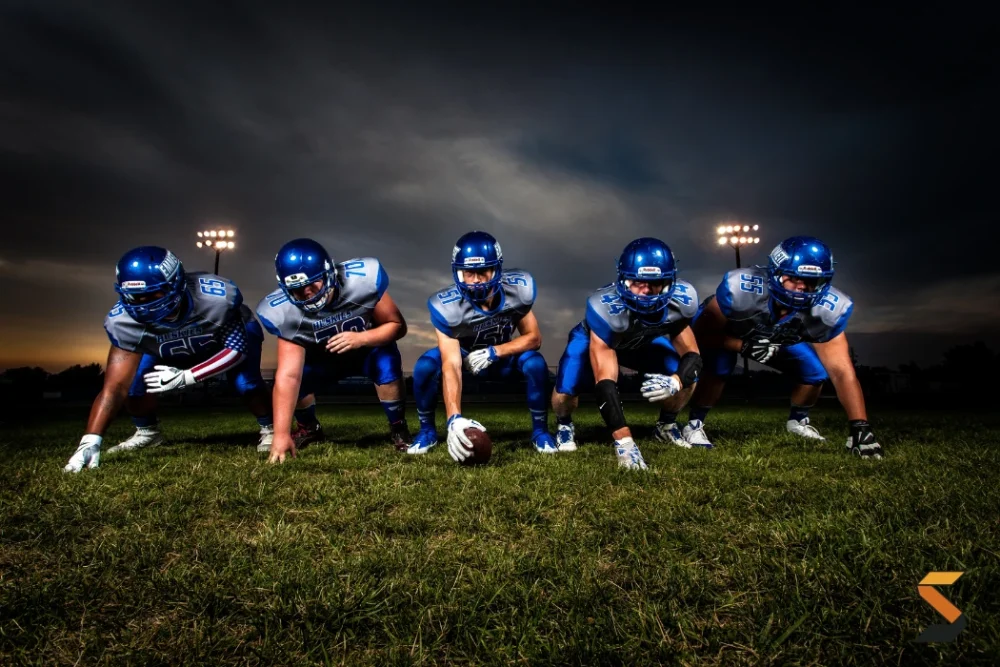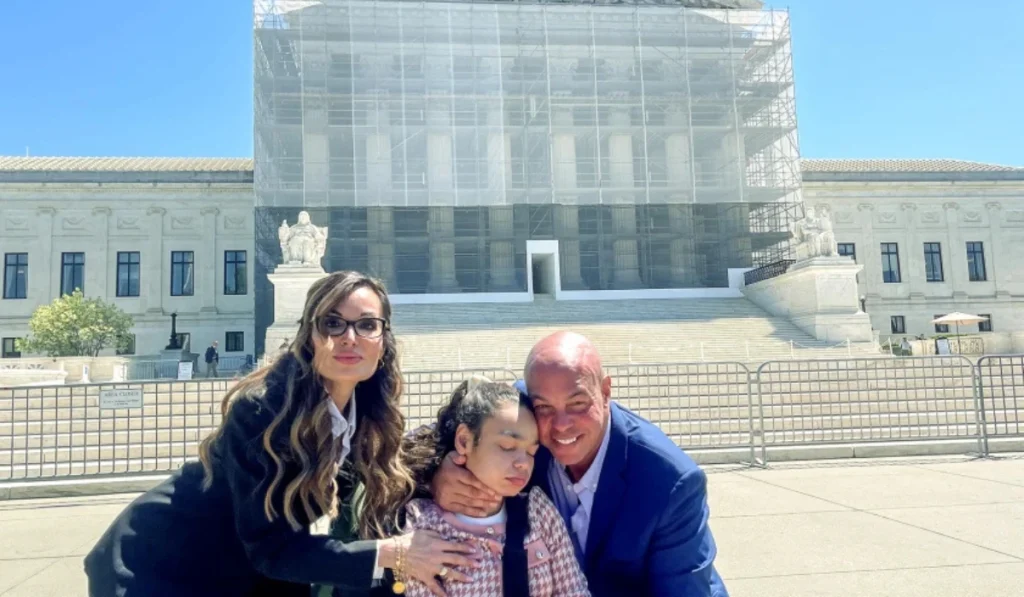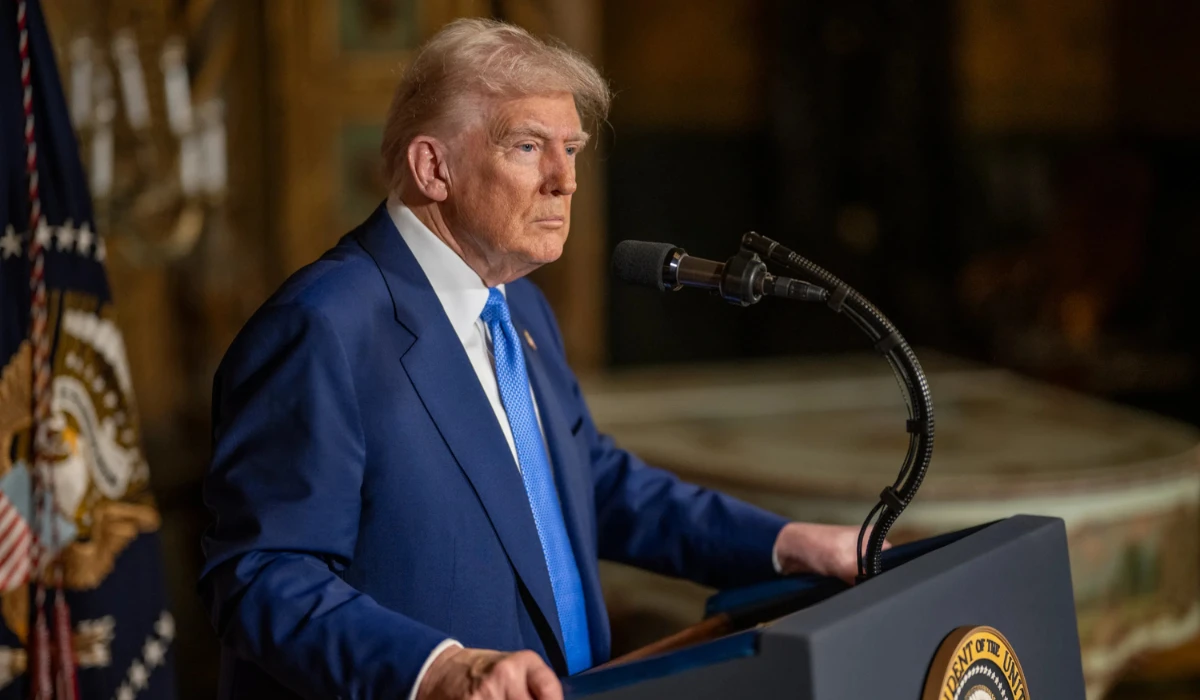The “amateur” era of college sports is officially over. Athletes finally have a tangible stake in the immense wealth they help create, as a federal judge on Friday, June 6, 2025, granted final approval to a sweeping $2.8 billion antitrust settlement. This landmark ruling is poised to redefine the relationship between universities and their most valuable assets, the student-athletes, by paving the way for direct financial compensation, effectively dismantling the century-old facade of amateurism. This news is about equitable opportunity, fair compensation, and the undeniable recognition of labor in a multi-billion dollar industry.
The “House v. NCAA” settlement, along with two other related antitrust lawsuits, marks a pivotal juncture, years in the making. For too long, the system, while offering scholarships and “cost of attendance” stipends, fundamentally overlooked college athletes, who generate billions in revenue through their sweat, talent, and dedication. The tremendous value these young men and women brought to their institutions and the entertainment landscape is undeniable. One former Division I athlete shared, “You pour your heart and soul into your sport, you miss family events, you sacrifice your body, all while seeing your coaches earn millions and the university rake in unimaginable sums from TV deals and merchandise. It felt inherently unfair.”
The implications: Starting as early as July 1, 2025, Division I schools will be authorized to share up to an estimated $20.5 million annually with their athletes, a figure projected to climb to nearly $33 million per school over the next decade. This revenue-sharing model will allow direct payments to athletes for the use of their name, image, and likeness (NIL). This concept has been slowly gaining traction since the NCAA reluctantly opened the door to third-party NIL deals in 2021. Now, the schools themselves can cut the checks.
But this isn’t just about current and future stars. A significant portion of the $2.8 billion settlement, approximately $2.7 billion, is earmarked for thousands of former Division I athletes who competed between 2016 and 2024 and were barred from earning compensation from their NIL. This retrospective payment is a strong acknowledgment of past injustices, a testament to the long fight for equity. Imagine the impact this could have on families and on individuals who dedicated their youth to a system that, while providing an education, often left them financially vulnerable.
The shift will resonate through every facet of college sports. Athletic departments, especially within the Power 5 conferences (ACC, Big Ten, Big 12, Pac-12, and SEC), are already scrambling to strategize how to allocate these funds across various sports. While football and men’s basketball, as the primary revenue generators, are expected to receive the majority share, the settlement also opens doors for increased scholarships across many Division I sports, a welcome development for athletes in less high-profile programs.
Additionally, concerns around roster limits, initially a sticking point in the settlement, were addressed to ensure that athletes who were previously cut in anticipation of new regulations could return to their teams. Yet, the long-term impact on “walk-on” athletes, who often embody the purest spirit of dedication, remains a question mark. Additionally, the new landscape introduces a “NIL clearinghouse,” run by Deloitte, to vet third-party NIL deals over $600, aiming to ensure “fair market value” and prevent outright “pay-to-play” schemes. While intended to bring transparency, this oversight will undoubtedly face scrutiny as the industry navigates uncharted waters.





